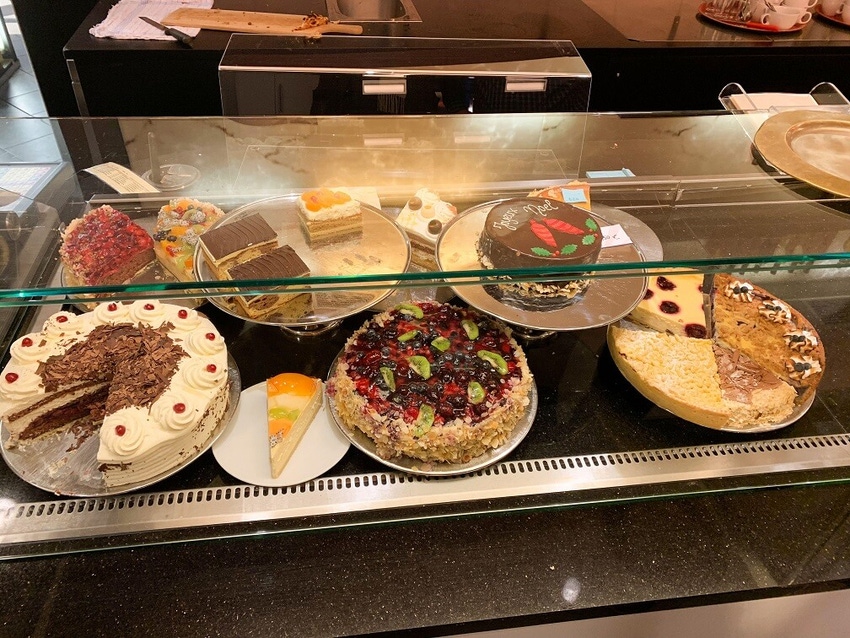Dawn Foods Tries a Low-Code Recipe for QA Testing Automation
Bakery ingredient distributor Dawn Foods found new flexibility to develop its e-commerce site, even as team members in Ukraine fled for safety, through a low-code/no-code option.

With its digital transformation strategy already accelerated by the pandemic, bakery ingredient distributor Dawn Foods opted to further its plans by using intelligent test automation company Mabl for a transition to low-code SaaS automated testing. The intent of going low code for testing was to maintain the pace of going digital and to better integrate testing data into company growth.
Gireesh Sahukar, vice president of digital at Dawn Foods, says reassessments of technology became part of the company’s efforts to be flexible in the face of the pandemic. “It gave us the opportunity to think through what kind of technologies fit,” he says. This included reviewing how resources would interact with each other, such as platforms for commerce, the frontend, the CMS, and other external services. “Once we defined that architecture, it was all API-driven,” Sahukar says. “It was microservices-based.”
Searching for the right technology resources to make it all more efficient over time, he says the company wanted a tool or service in quality assurance (QA) and quality engineering. “Most everyone does manual QA even today,” Sahukar says. “But it’s not a scalable approach. If you want to add extra developers to the team, then you also have to add extra QA engineers because that’s a linear scaling model.”
While seeking to put QA automation tools in place, he says he did not want to have a QA team in-house, favoring leveraging tools more as well as staffers who understood what the company was developing, and solutions being put out to customers. “I wanted them to have a significant say in the QA process and running the QA itself,” Sahukar says. “What that meant for us was a low-code/no-code solution, a platform that allowed them to do the work once, but have it become useable and reusable.”
By using Mabl, he says, product managers at Dawn Foods can perform testing, which is recorded and becomes the foundation for automation.
The flexibility also proved useful as company team members in Ukraine were forced to relocate for their safety, Sahukar says, as Russia's attacks on the country continued and escalated. "The low-code automated platform allowed us to continue developing and testing even in some very difficult times for our team members."
Why Dawn Foods Chose Low Code/No Code
The decision to go low code/no code came about from the directions the company wanted to take its quality engineering, Sahukar says. One segment included testing the user interface (UI) experience, another was about QA and engineering around services, and a third was performance-oriented. “We had these three tracks already defined,” he says. Those definitions were fairly straightforward, Sahukar says, but the UI component was open for further clarity. Product owners, he says, seemed best suited for imagining what the UI features and functionality of the site needed to be. “Having them do the QA and make sure it worked the way they wanted it to … we really lean on our product owners to be that voice of reason on that front,” Sahukar says.
Those product owners may be competent; however, they are not coders with software engineer, development backgrounds, he says. “They’ve worked in e-commerce; they’ve understood how e-commerce sites operate and what they need to maintain a roadmap for an e-commerce solution but they’re not developers,” Sahukar says.
Dawn Foods looked for tools they could use to effectively be citizen developers working on the front end, he says. The company explored different solutions, including the viability of building something in-house. Sahukar says those ideas were set aside once Mabl came into the picture. “There are lot of areas where we dig in and build ourselves,” he says. “This was not an area where we wanted to build ourselves.”
Furthermore, the company was surprised at how fast, stable, and resource-lean going low code with Mabl would be, Sahukar says. Rather than 10 virtual machines to run the e-commerce site, Dawn Foods only needed two. “The only reason we needed two was because of failover,” he says. “You can make changes to this architecture fairly rapidly.”
Dawn Foods has made more than 25 major, functional updates to its e-commerce site since it launched about 20 months ago, Sahukar says, with no related downtime.
What to Read Next:
Can AI Lead the Way in Low Code/No Code App Development?
The Benefits of Adopting a Low-Code/No-Code Development Platform
No-Code, Low-Code Machine Learning Platforms Still Require People
About the Author(s)
You May Also Like







